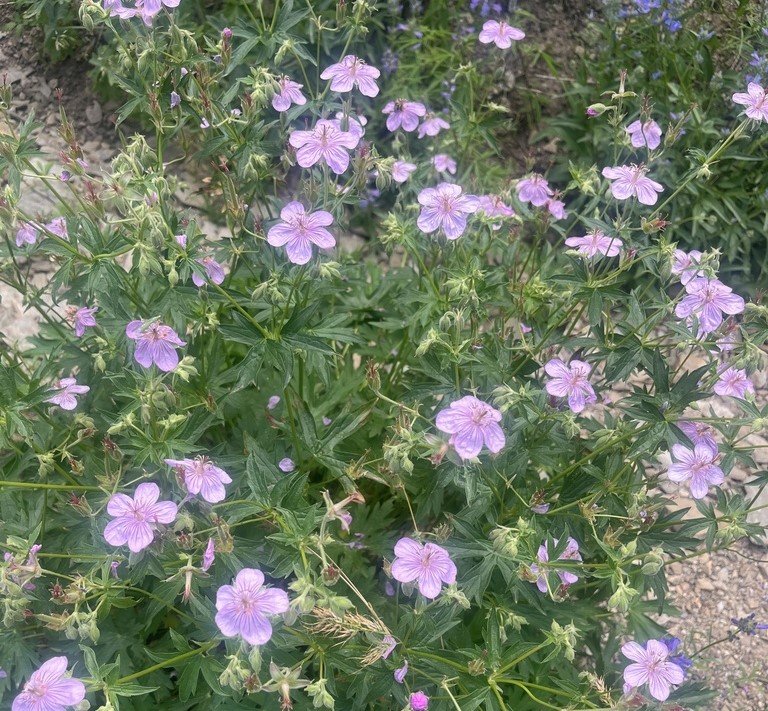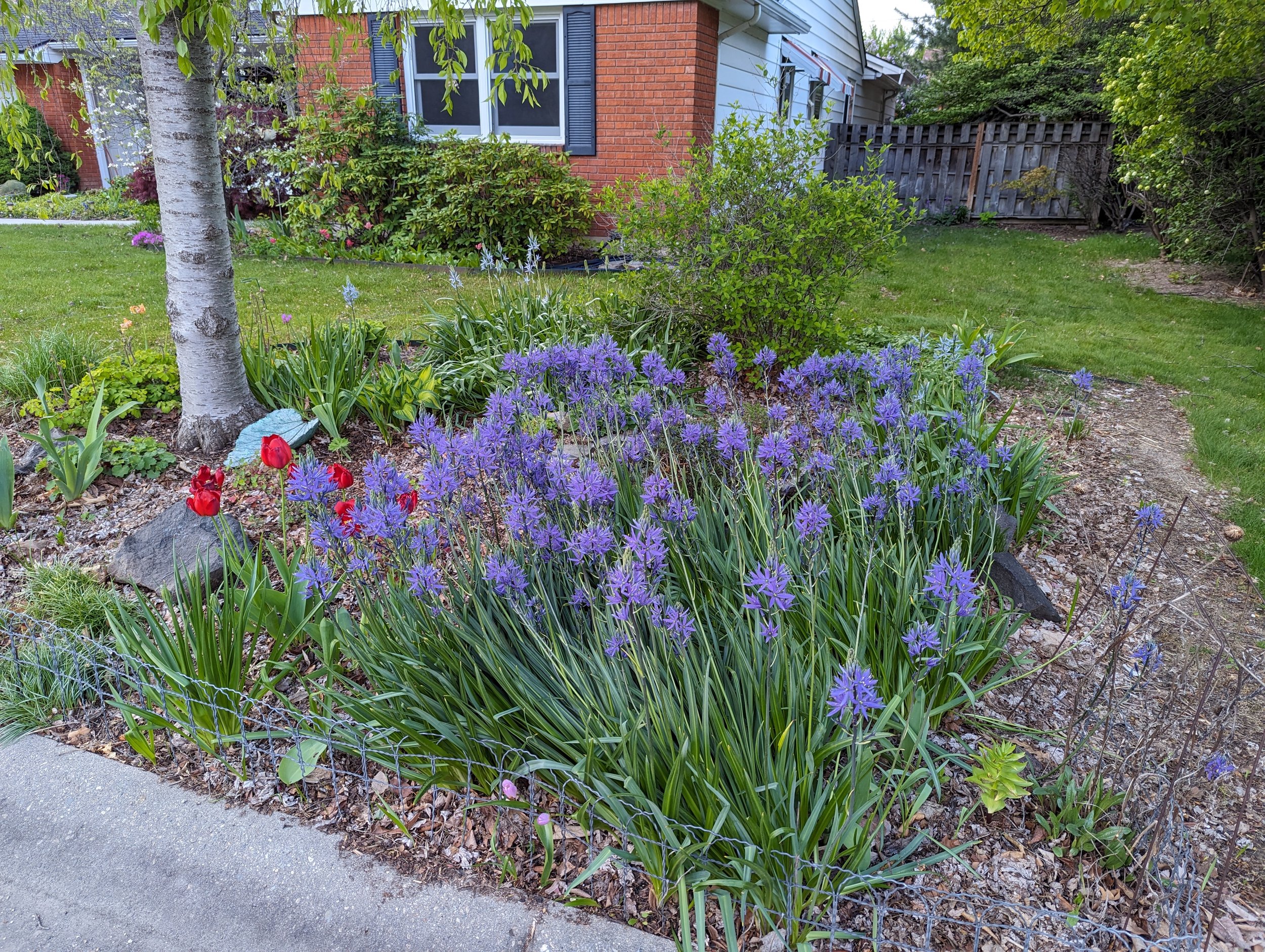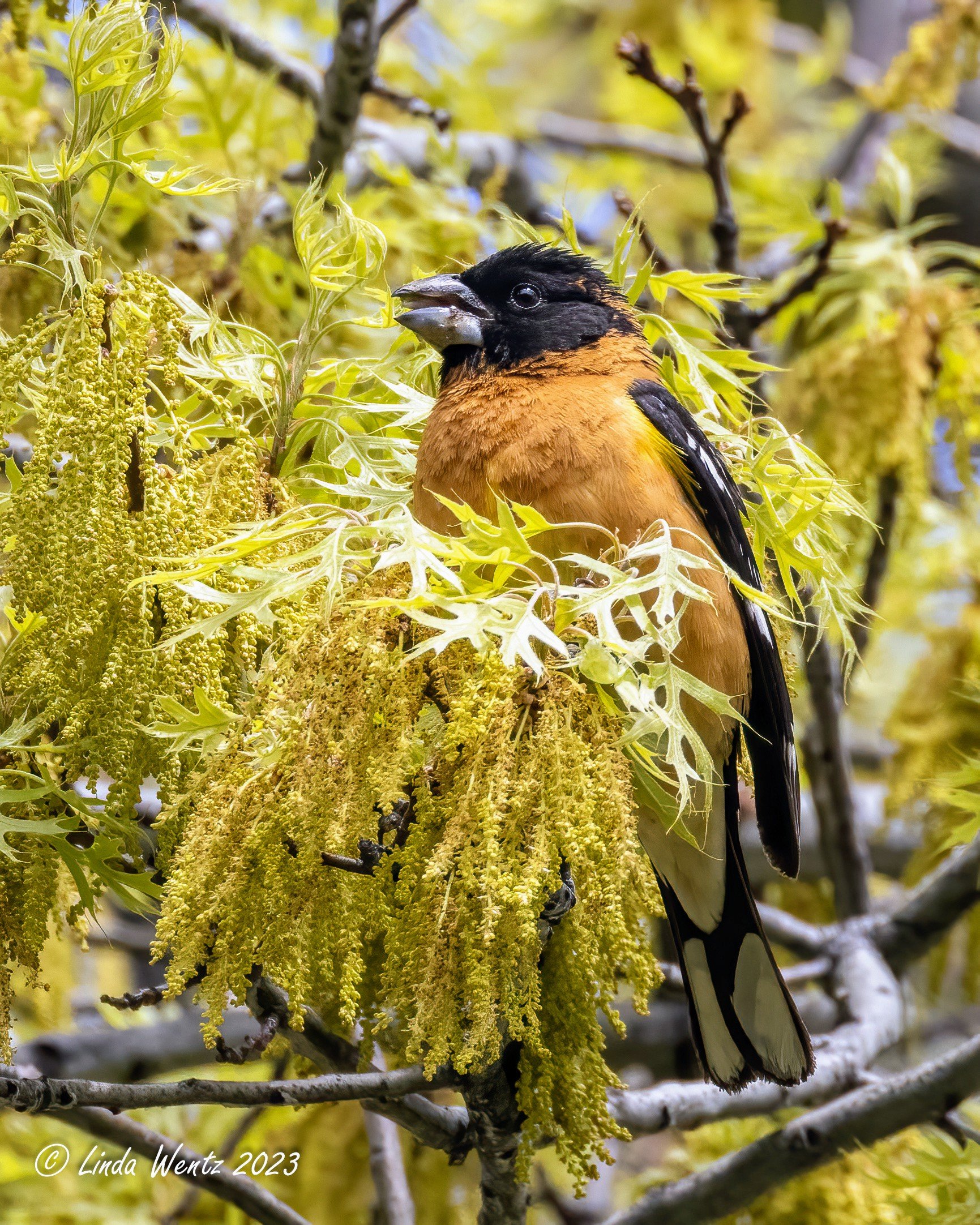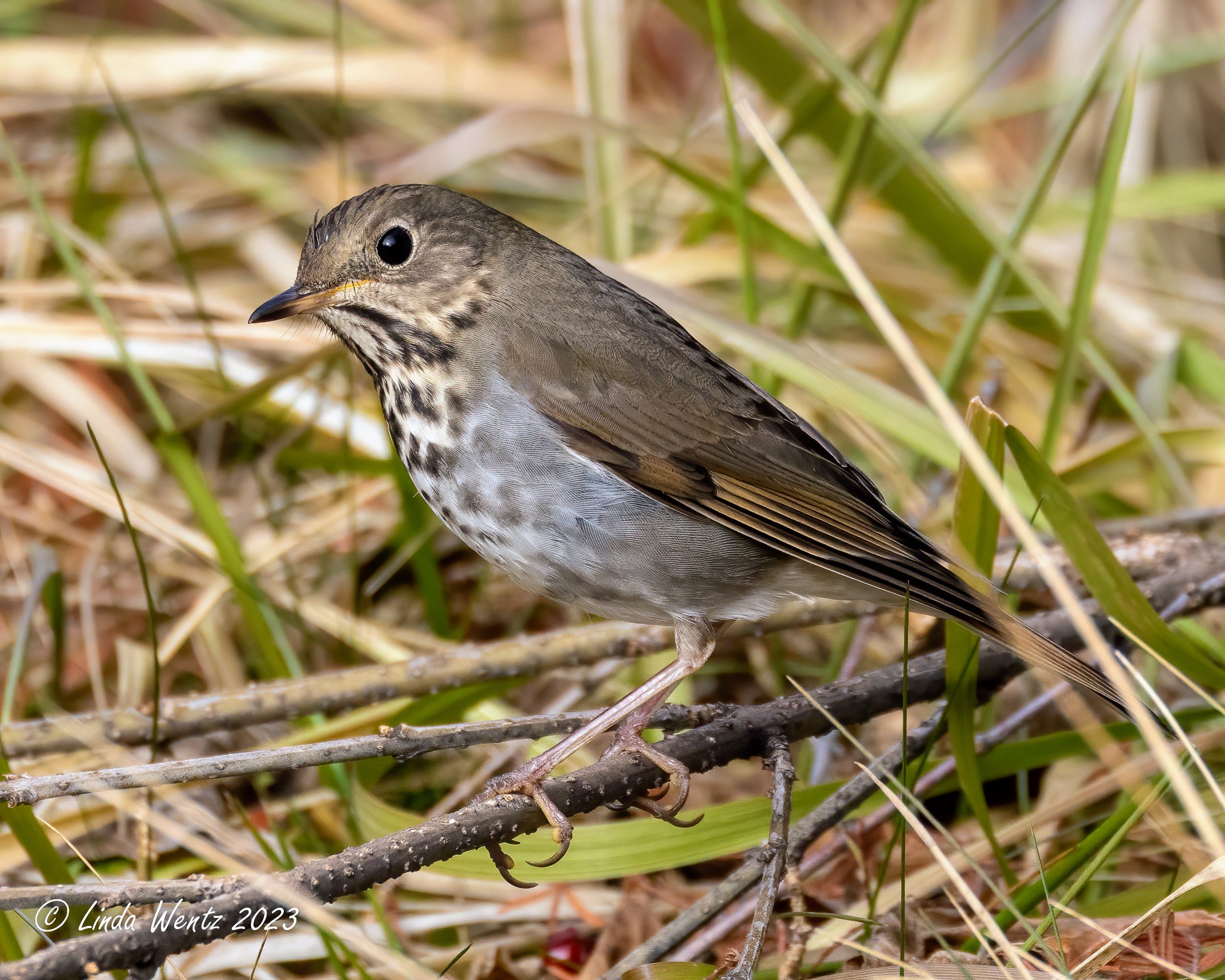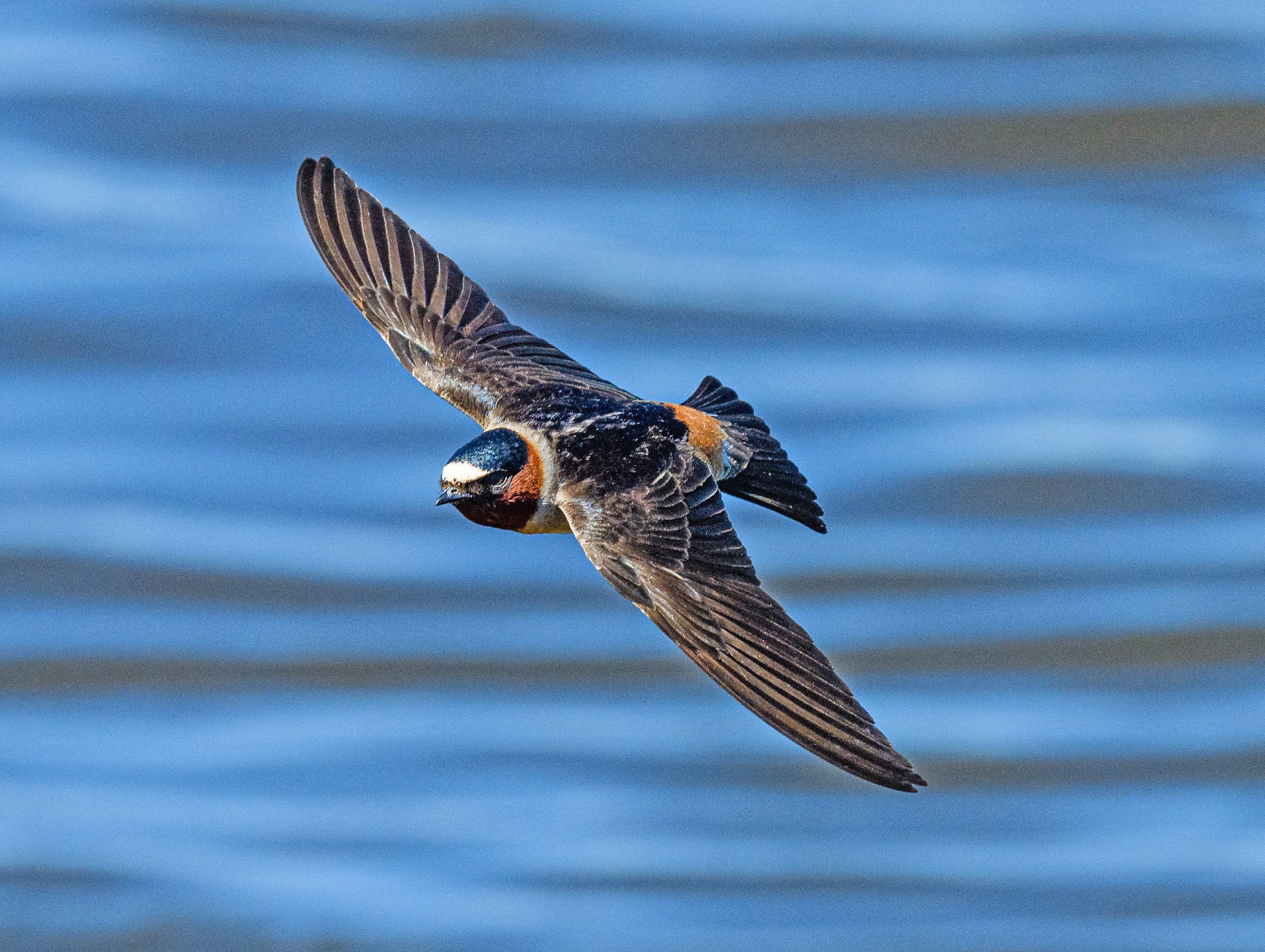World Migratory Bird Day
By Terry Rich, Golden Eagle Guest Blogger
The birding world is full of annual events. These include hundreds of birding festivals and various days during which birders count birds for some particular purpose. One of the older events is World Migratory Bird Day (https://www.migratorybirdday.org/). It is officially celebrated on the second Saturday of May in Canada and the US (May 11th in 2024), and the second Saturday of October (October 12, 2024) in Mexico, Central and South America, and the Caribbean.
World Migratory Bird Day offers educational content for teaching people about birds and bird conservation. This year’s theme, “Protect Insects, Protect Birds” focuses on the critical role of insects in the nutrition of birds and what we can do to ensure our homes and community spaces are healthy environments for insects.
Protect Insects, Protect Birds
Many of us are not too keen on “insects,” and may envision all sorts of objectionable creatures in our yards. The truth is that very few insects are a problem for humans, especially in the relatively dry climate of southwestern Idaho. I cringe every time I see a tank trucks full of poison spraying around a neighbor’s house. These chemicals destroy far more good bugs than bad ones, and they pose hazards to human health as well. Don’t spray for bugs.
Most bird species eat insects at some time during the year. Even hummingbirds, which are famously fond of nectar, do a lot of fly catching. Many species increase their capture of insects so that they can deliver more protein to nestlings. A vegetarian diet can go a long way for adults, but developing young often need the extra fat and protein that comes from these invertebrates.
In Your Yard or Patio
We can easily support insects to benefit birds by taking steps in our yard or patio, just as we do by keeping cats indoors and treating our windows to prevent collisions. As mentioned, reducing or eliminating the use of pesticides is an effective step to take (and you’ll save money in the process). Another step within our power is to plant native flowering and fruiting species. They are more likely to host native insects that become bird food. And most of these insects are ones you will never even see. The ones we do see are apt to be pollinators such as bees and butterflies – a wonderful addition to any flowerbed, garden, or yard. Refer to Golden Eagle Audubon’s Ten Top Native Plants for Birds for ideas.
Native flowering plants: Banket Flower (Gaillardia artista) Sticky Geranium (Geranium viscosissimum) Cusick’s Camas Flower (Camassia cusickii)
Leave the Leaves
Don’t rake! Leaf litter provides habitat for countless species as well as fertilizing your garden and flower beds. I was dismayed to recently see a landscaping company blowing all the leaves and litter from around many blocks of condos and apartments in southeast Boise. What was left was bare dirt and scattered exotic evergreen shrubs – worthless. Yes, we typically have to remove leaves from our lawns if we need bluegrass for some reason – grandchildren, for example. But the leaves around the edges, in the garden, and in the flowerbeds can be left alone.
Don’t Forget Southern Birds
World Migratory Bird Day has been in place since 1993 when the Smithsonian Migratory Bird Center, one of the early partners in Partners in Flight, created International Migratory Bird Day. This was the centerpiece for the education component of Partners in Flight. The idea was to create a clearinghouse for education and communication materials that pertain to bird conservation. As the interest in International Migratory Bird Day expanded over the years, it also expanded over the globe.
For many years, the date of this annual event was the 2nd Saturday in May, as it is this year. This date works well for the continental U.S., but does not work well for Mexico, Peru, or basically any location south of the U.S. The farther south you go, the earlier birds migrate and the larger the number of species that don’t migrate at all. Many species of the tropics are residents – they stay in the same place all year – much like our house finches. Unlike our finches, a given species in the tropics may nest in any month. Now, there is a fall World Migratory Bird Day that lines up with bird activity in Mexico, Central America and the Caribbean.
Since 2007, International Migratory Bird Day has been coordinated by Environment for the Americas. In 2018, that organization joined other global bird conservation partnerships to create a single, global bird conservation education campaign. The name of the event was then changed to World Migratory Bird Day. There are now over 700 events and programs dedicated to introducing people to birds and bird conservation.
Annual Themes for Education
Past themes have focused on biological content, for example – Life Cycles of Migratory Birds, Birds in a Changing Climate, The Boreal Forest, and Exploring Habitats. They’ve looked at bird conservation – Power of Partnerships, Collisions, Conserving Colonial Waterbirds, and Connecting People to Bird Conservation. Finally, the theme in several years has had a high cultural content – Why Birds Matter, Celebrate Birds in Culture, Tundra to the Tropics, and this year’s theme.
One of the cool things that World Migratory Bird Day does every year is to choose an artist to create art that will best illustrate the year’s theme. This year’s winning artist is Anna Rose. Anna is not only a terrific artist, but she has also conducted research on the nesting ecology of warblers and thrushes at Ohio State University. Every year, I look forward to discovering yet more fantastic art that I had not been aware of. You can see more of her work at https://annarosepaints.com/gallery-2/.
You can find dozens of great products at the World Migratory Bird Day website. I have a t-shirt from each year since 1993, and many of these remain in permanent circulation. Several others have worn out. You will also find pins, patches, hats, books, tea towels, temporary tattoos (a big hit among younger kids), games, bracelets, Bird Friendly coffee, socks, water bottles, materials to prevent window collisions, and many other products literally too numerous to mention.
Migratory Birds: Black-headed Grosbeak and Hermit Thrush by Linda Wentz. Cliff Swallow by Ken Miracle.
Take Action for Birds and Insects
May is my favorite month because most of “our” birds have returned from the tropics, and they’re singing their brains out. There are also a few species still migrating to the north and yet other species moving around looking for the right place to nest. While enjoying the best birding of the year, we can take bird-friendly action in our yards or patios.. Migratory birds will stop almost anywhere they find a bit of good habitat to rest and eat. You can make your yard one of those places. Grab your bins, pull up a lawn chair, and see what you have attracted and who you have helped.


